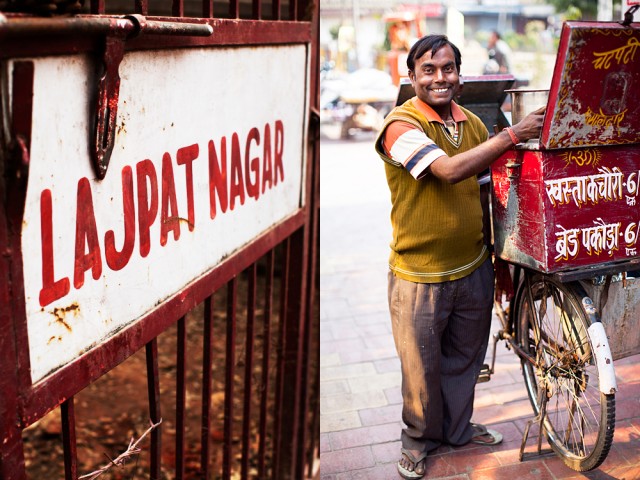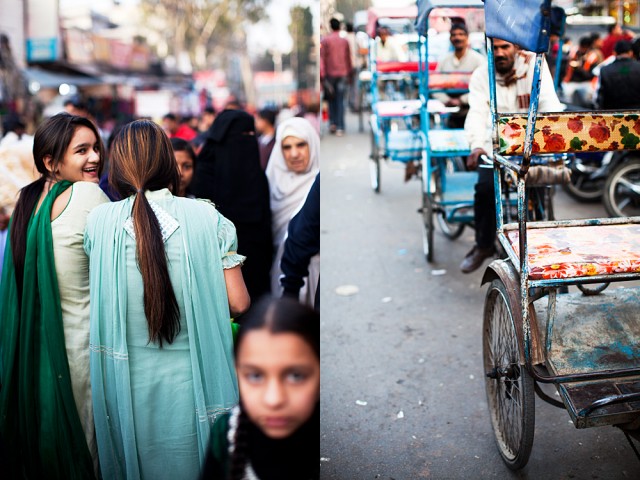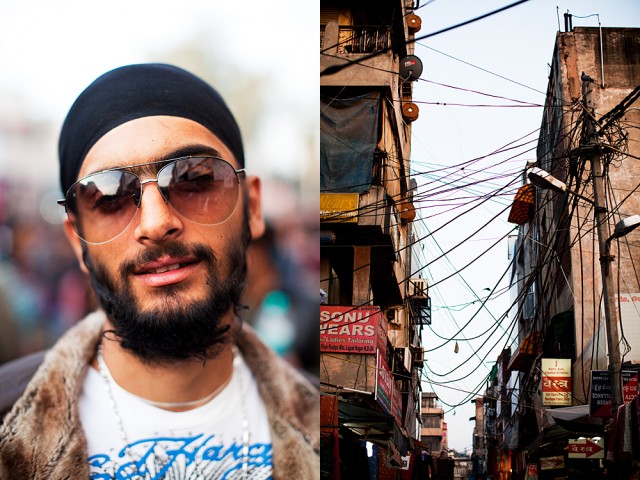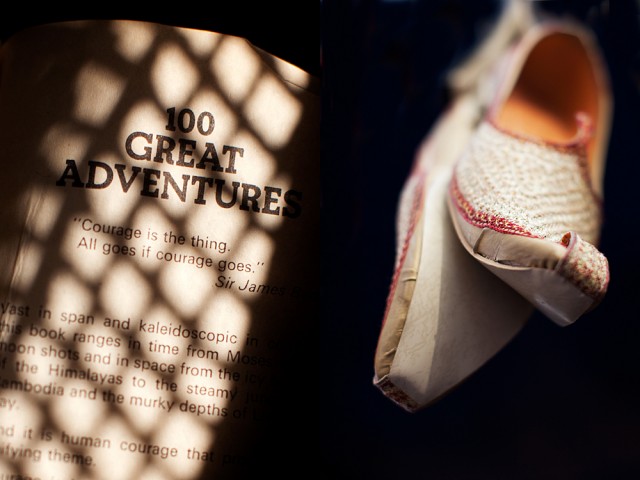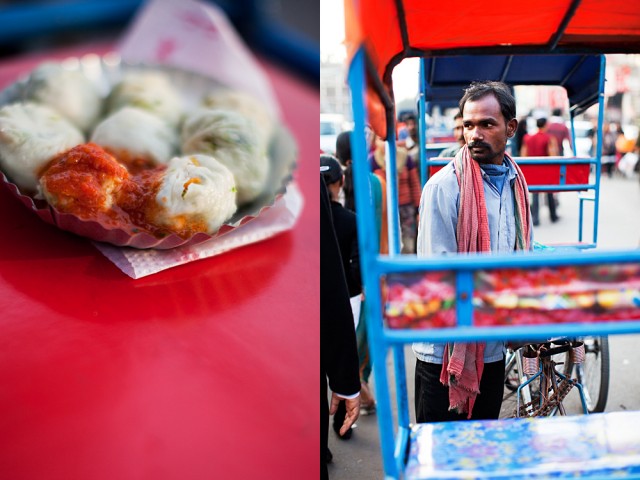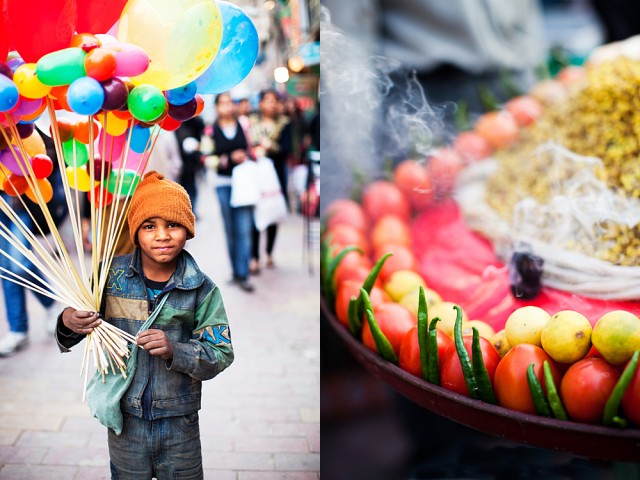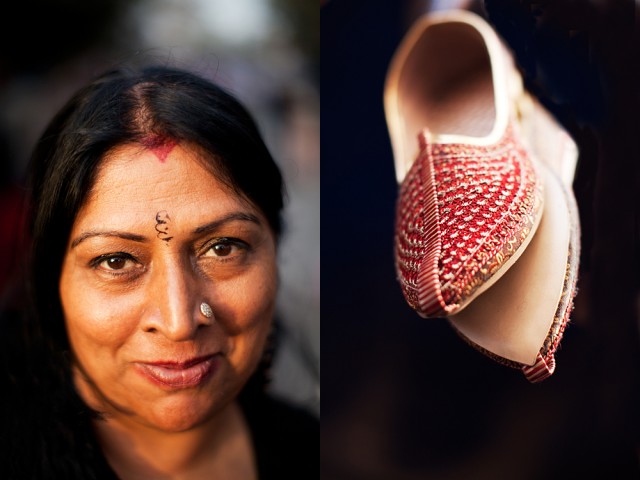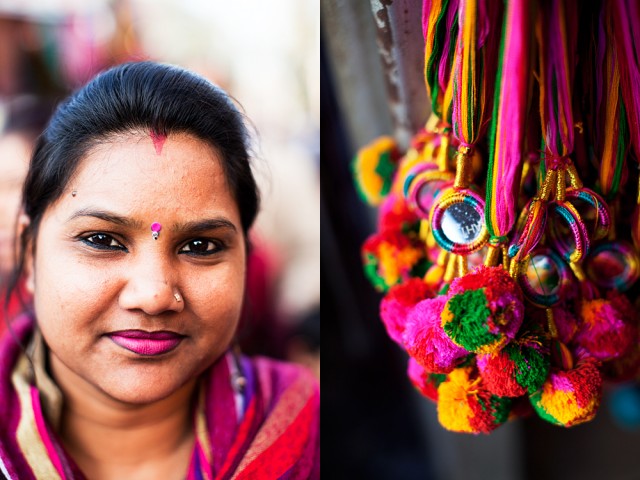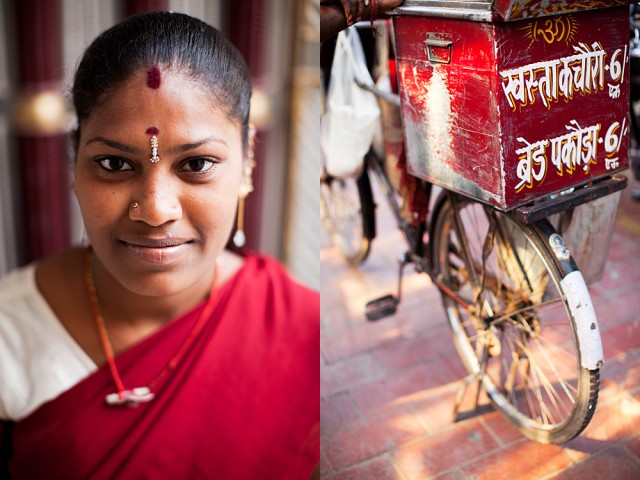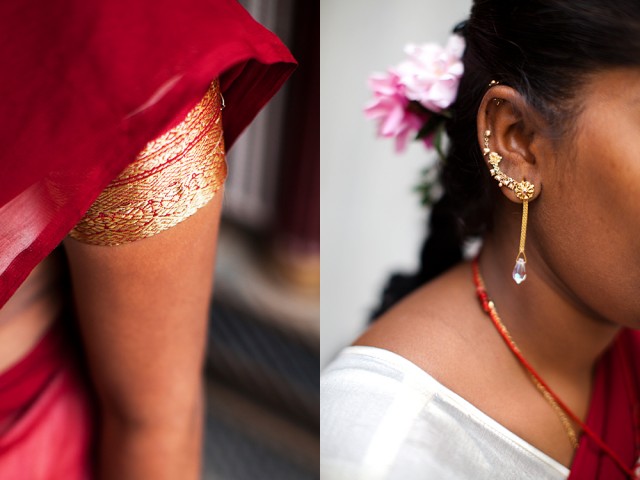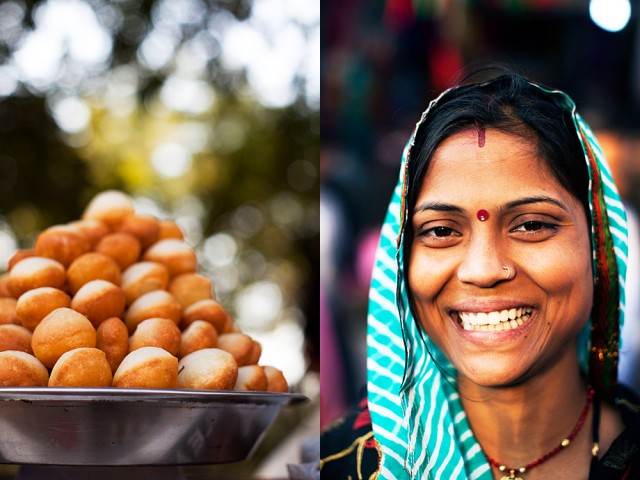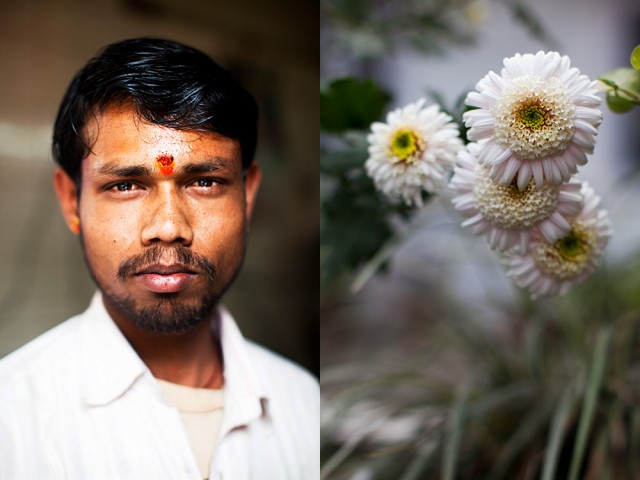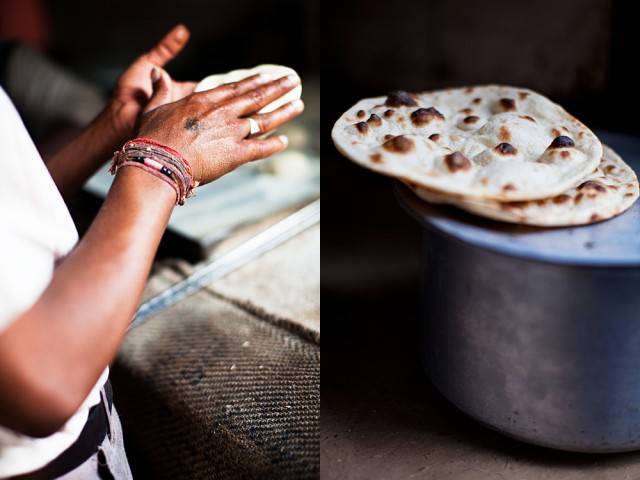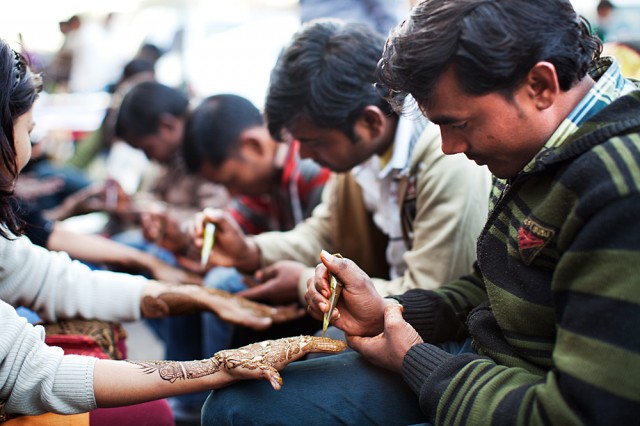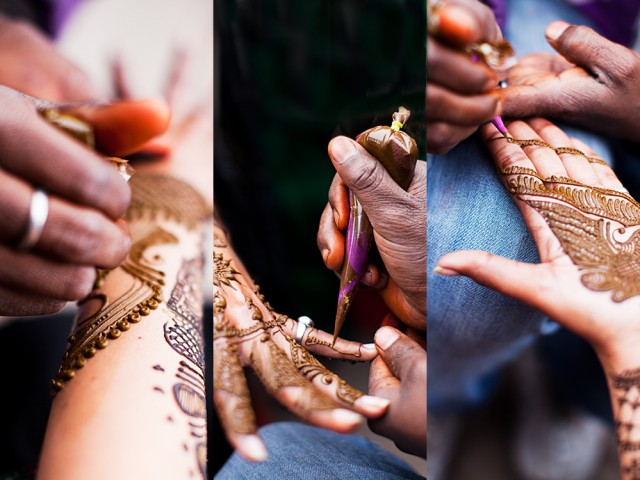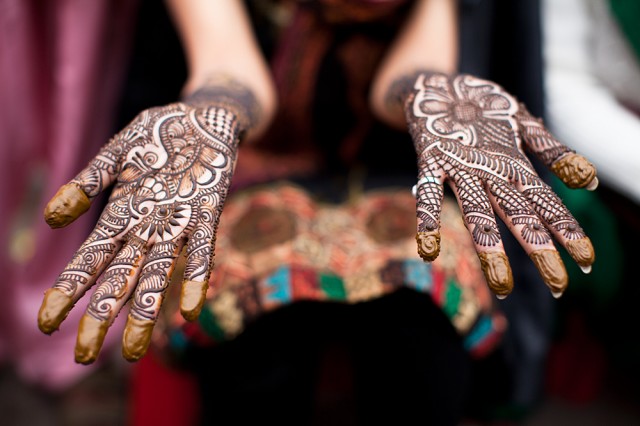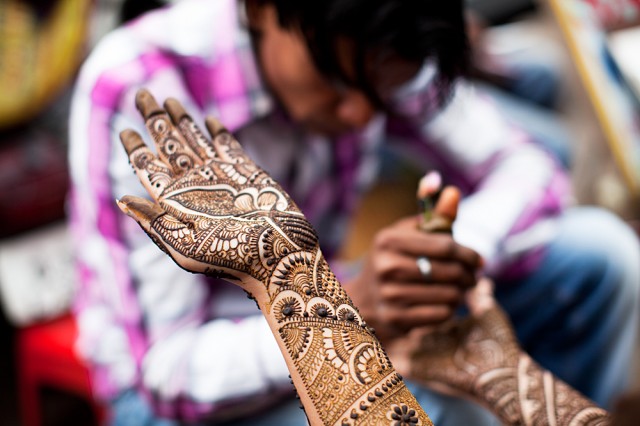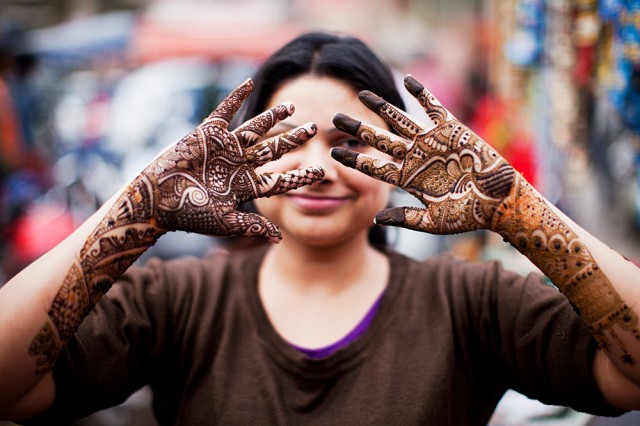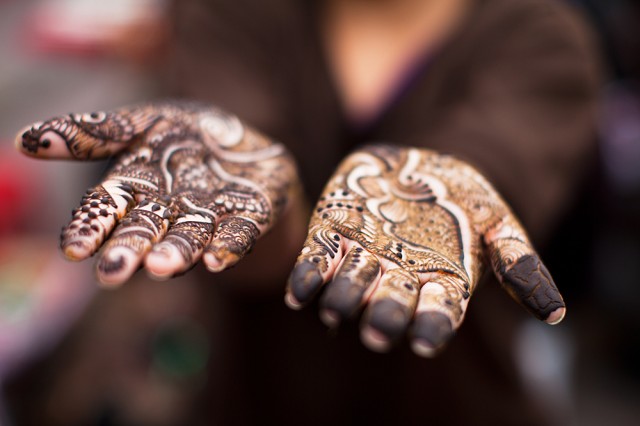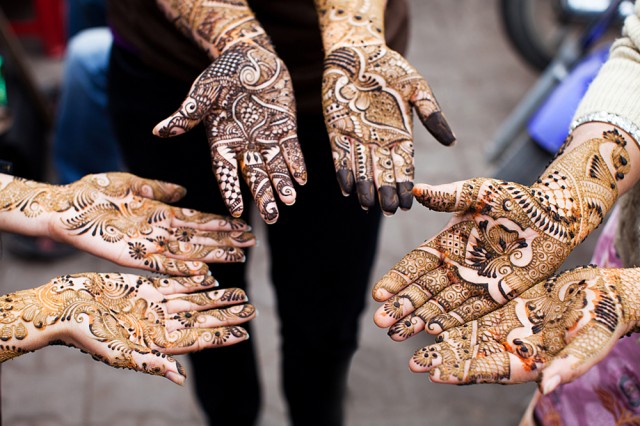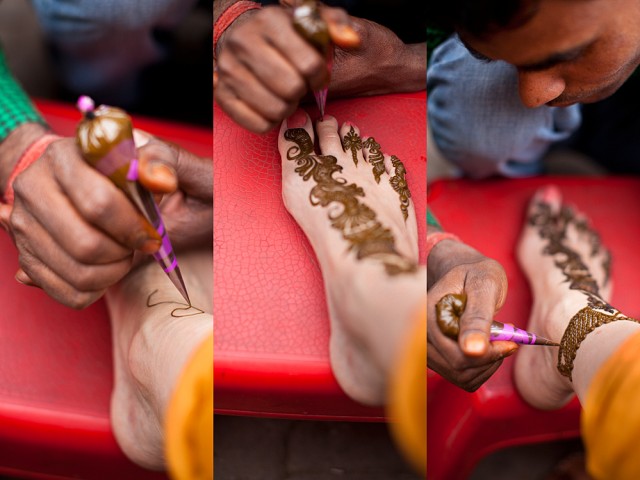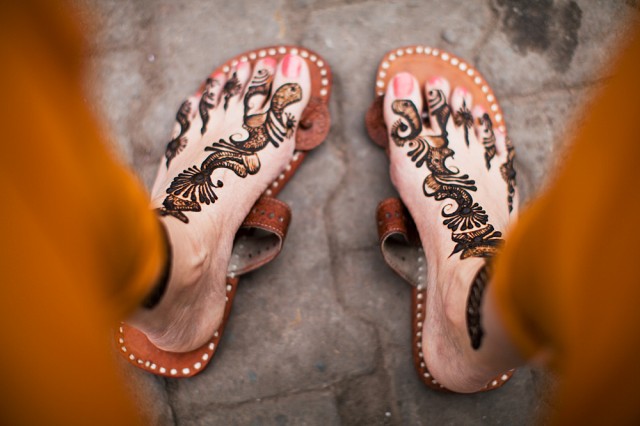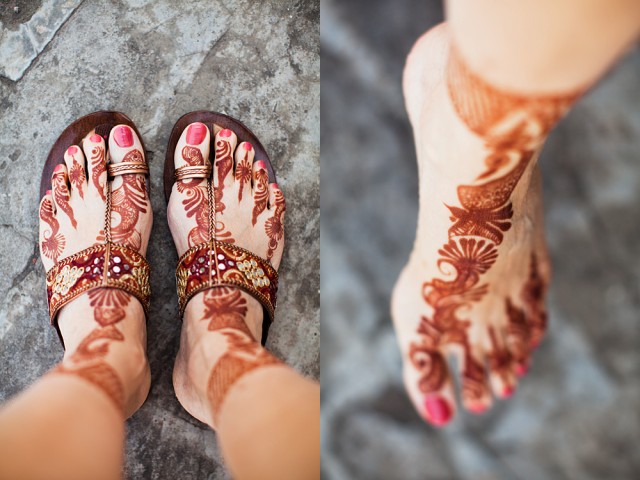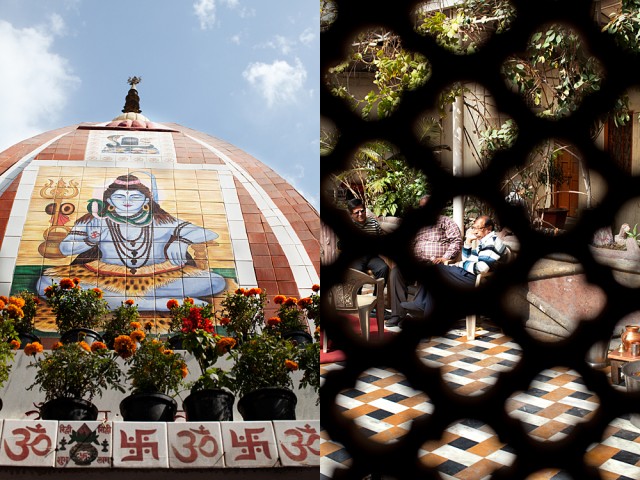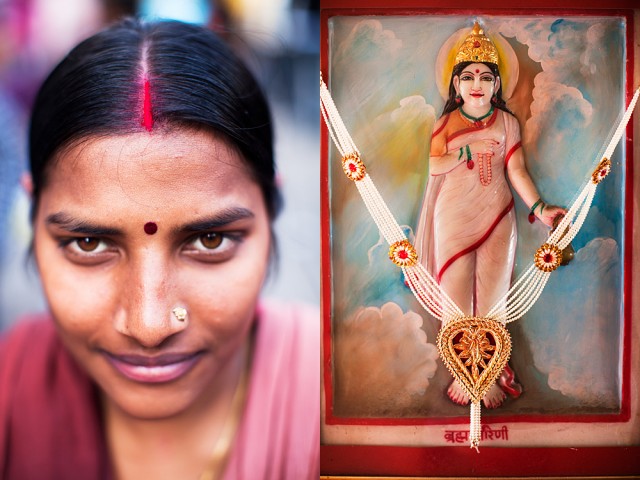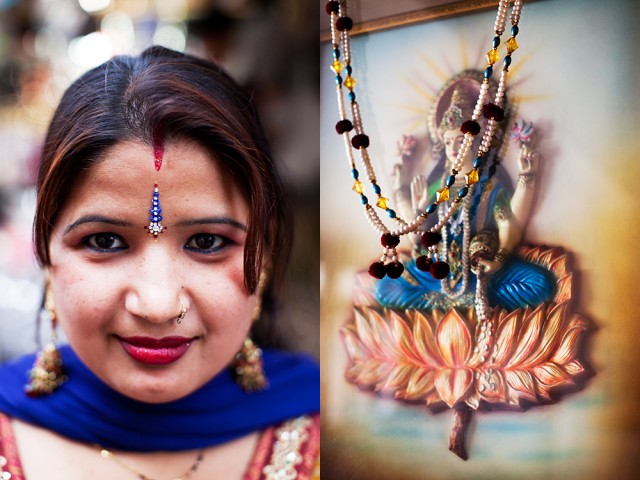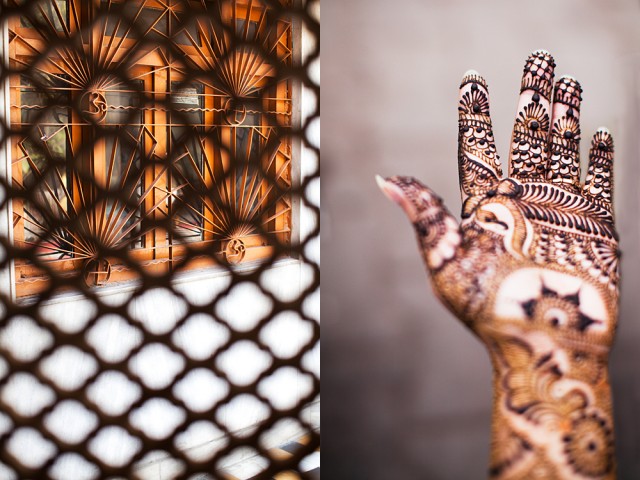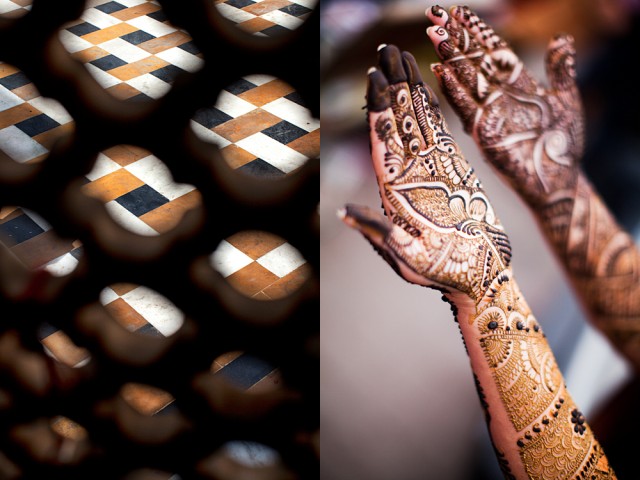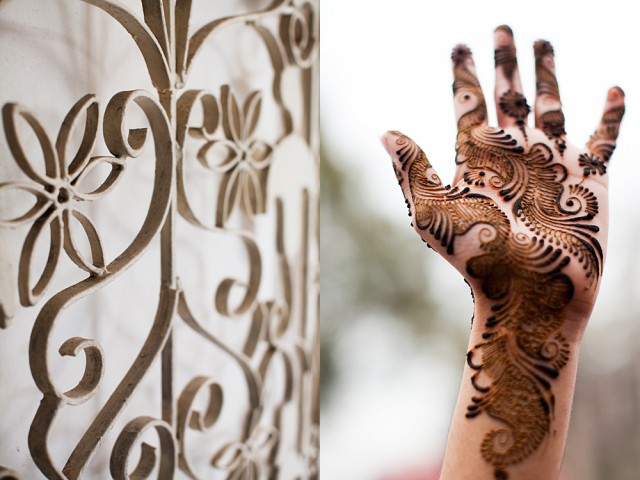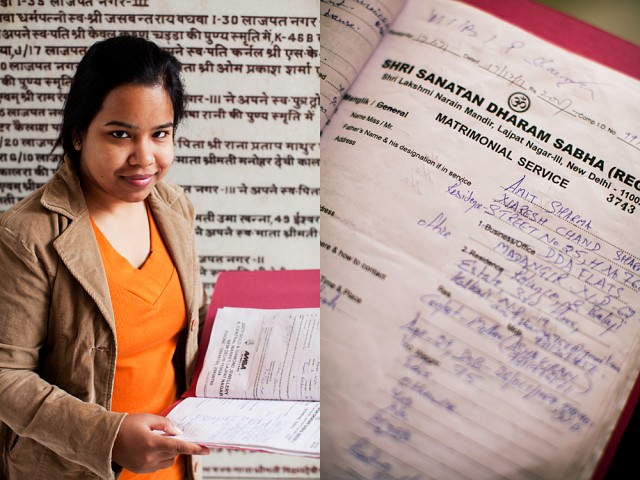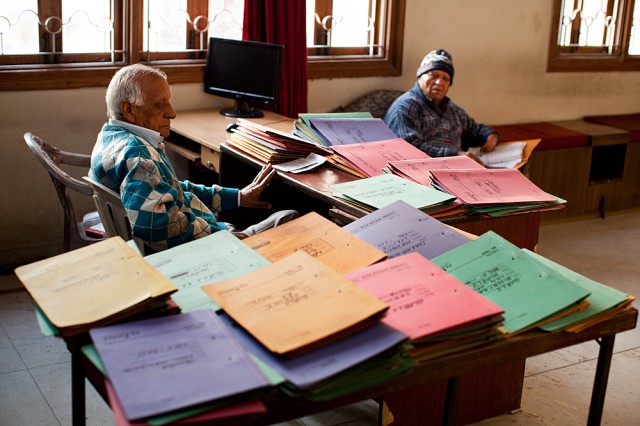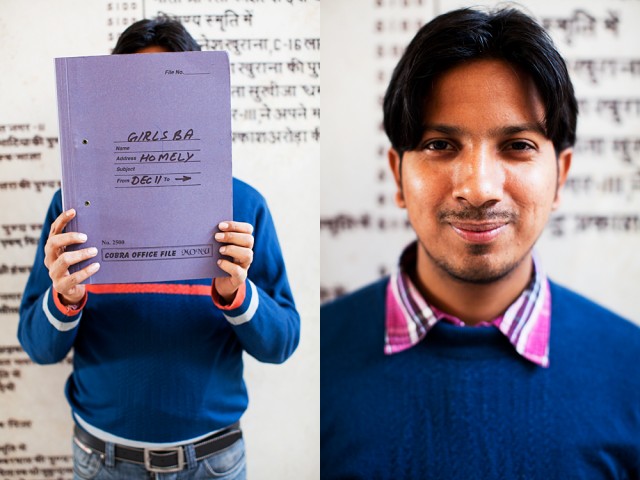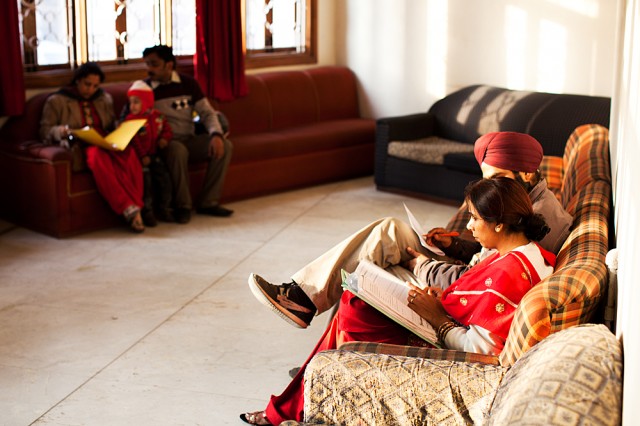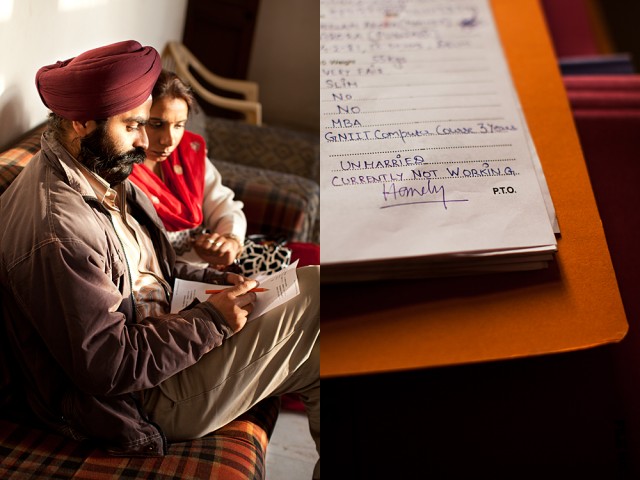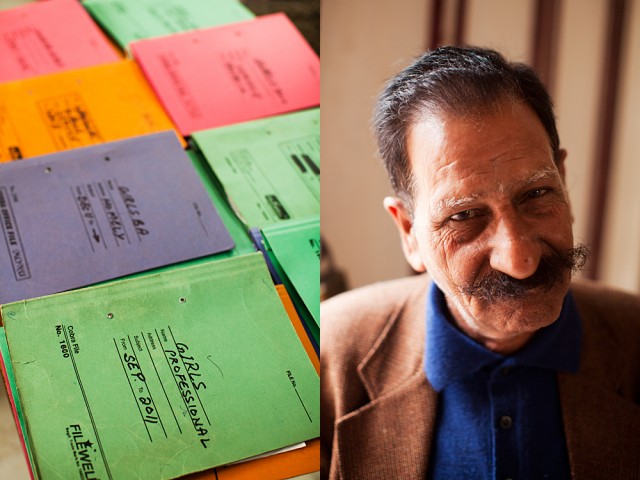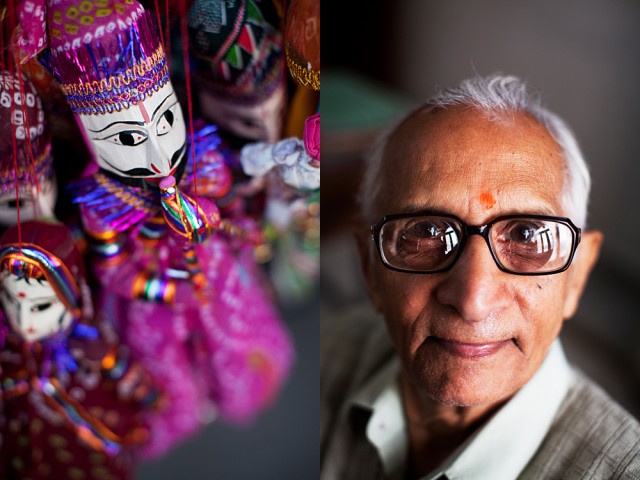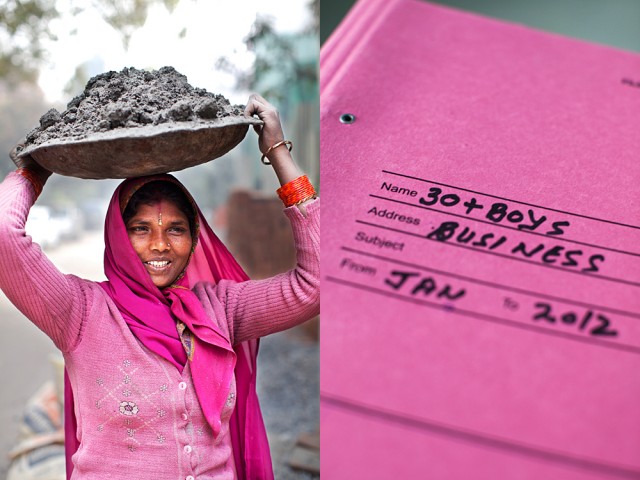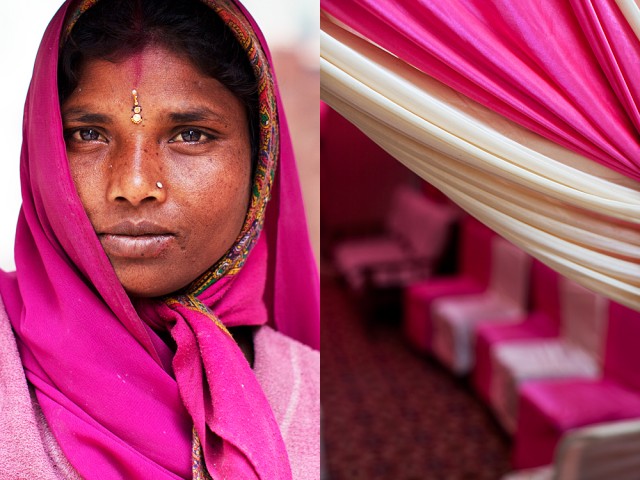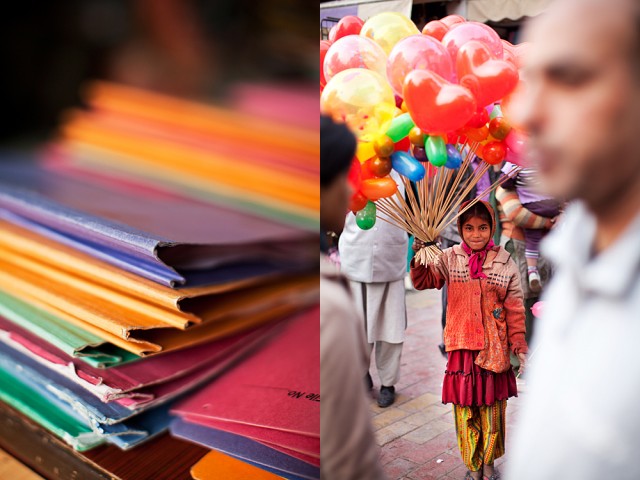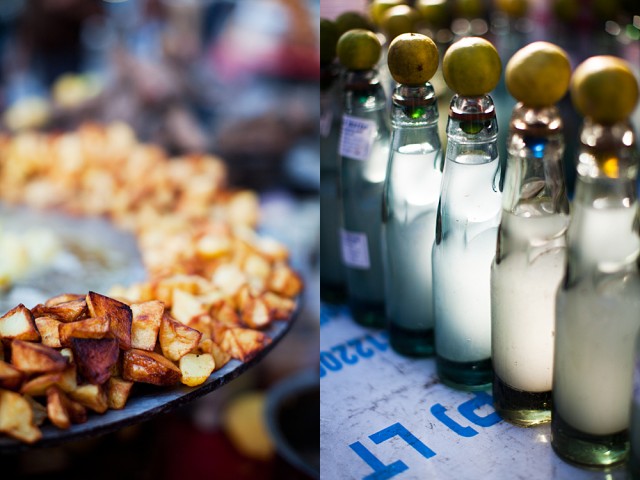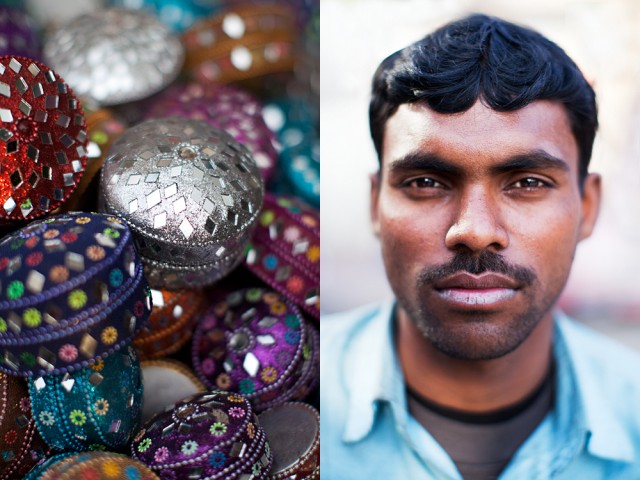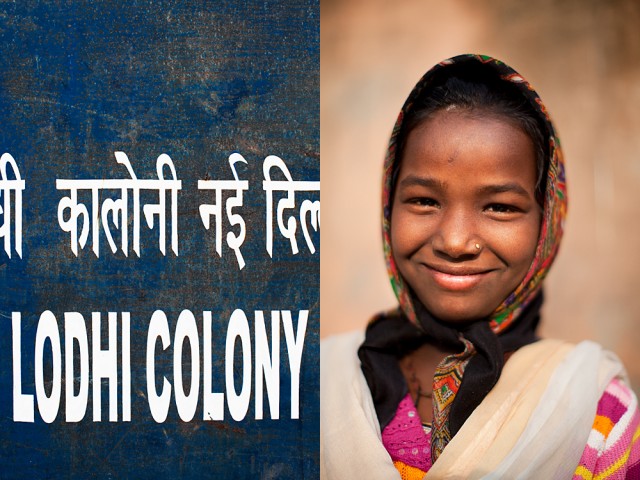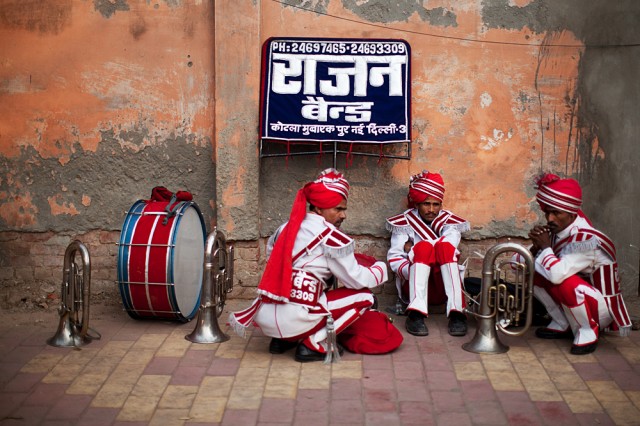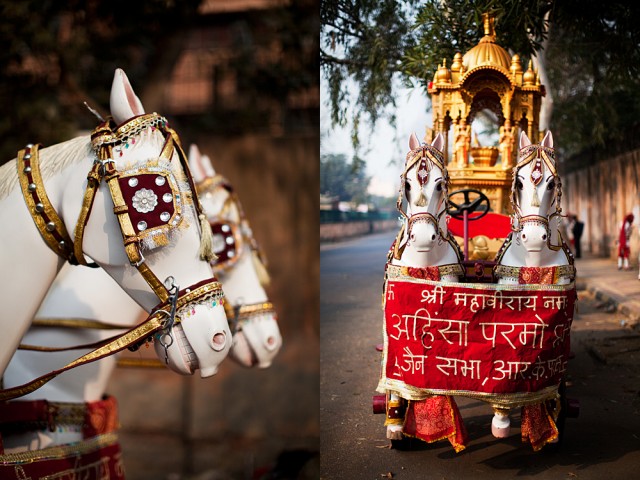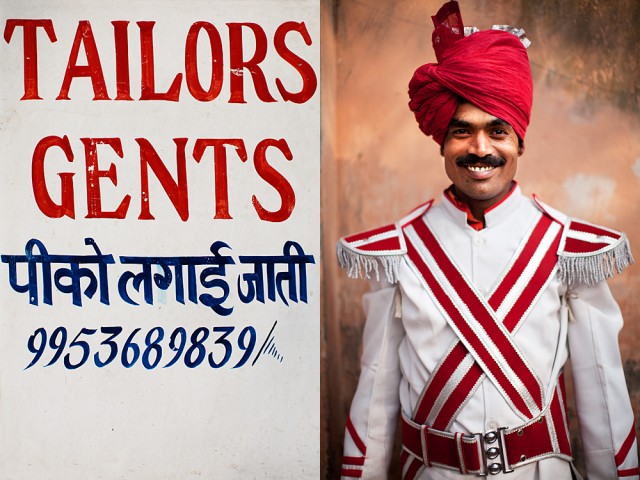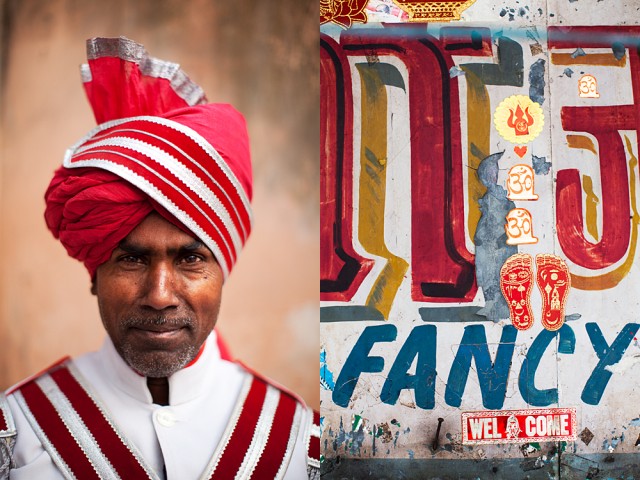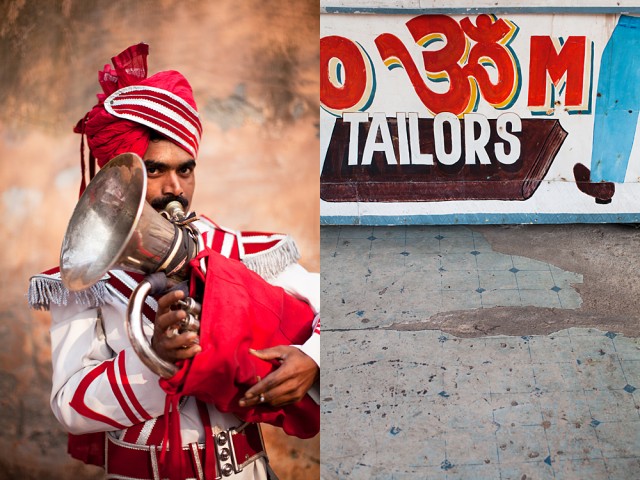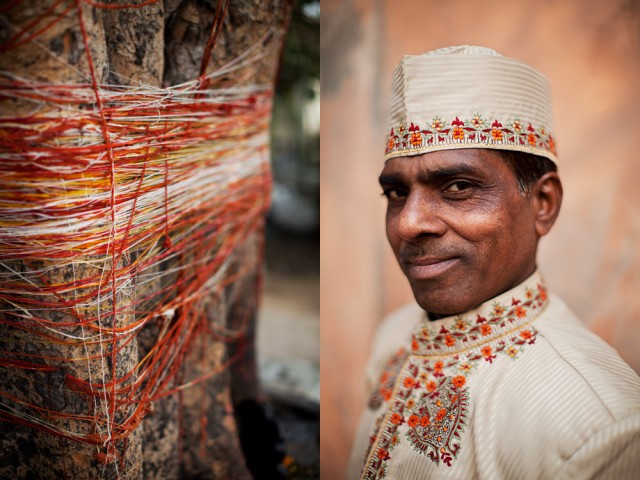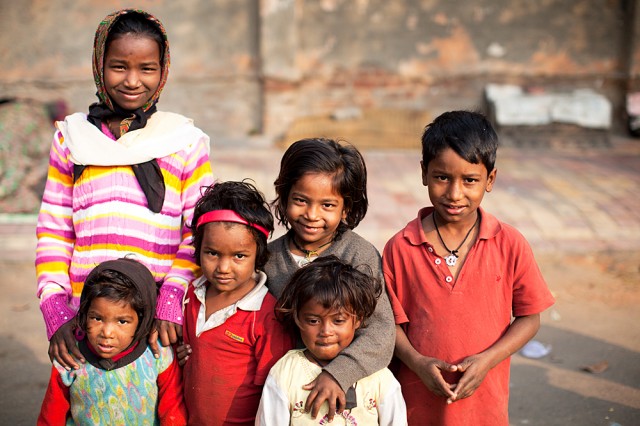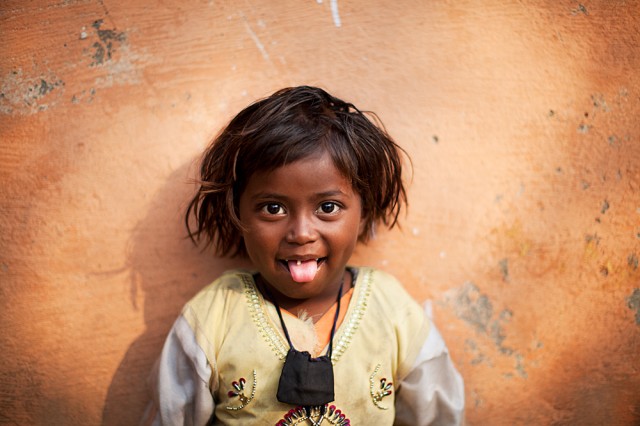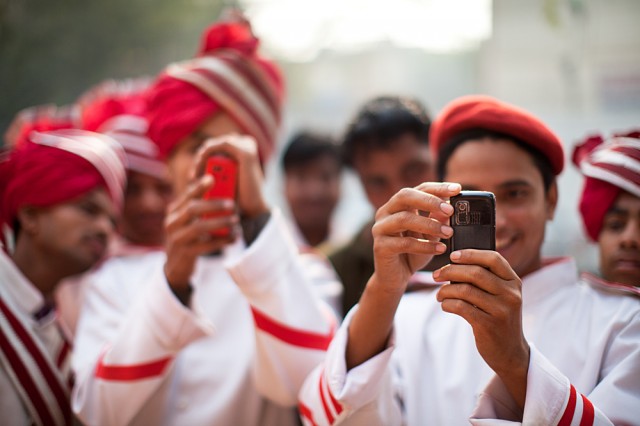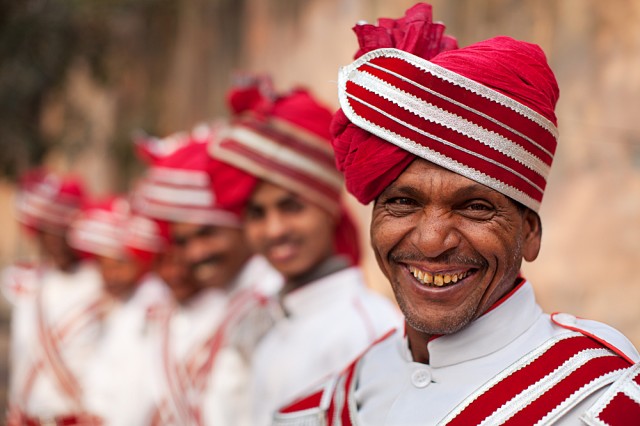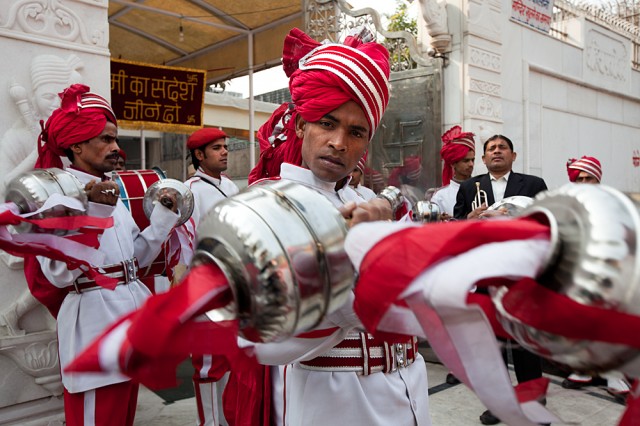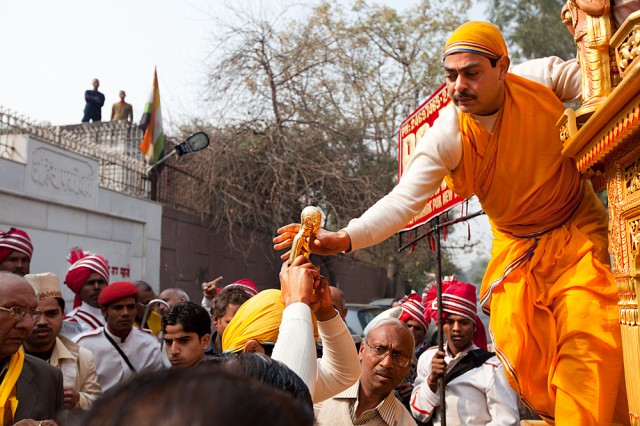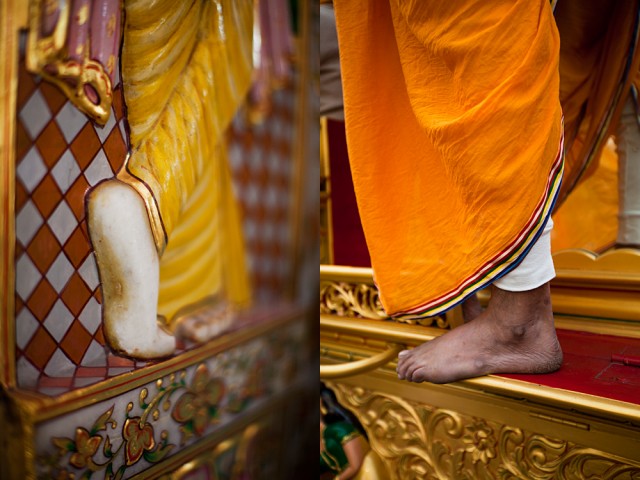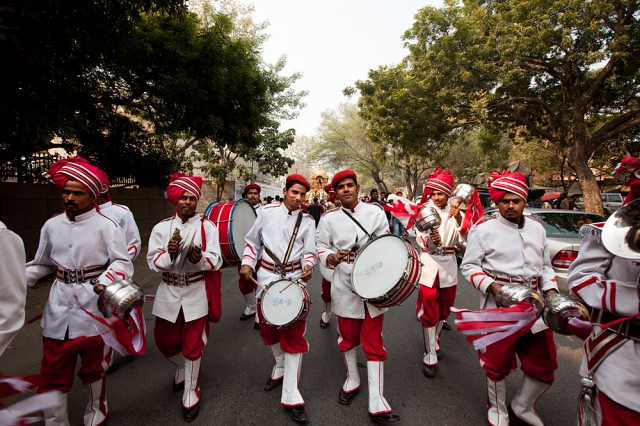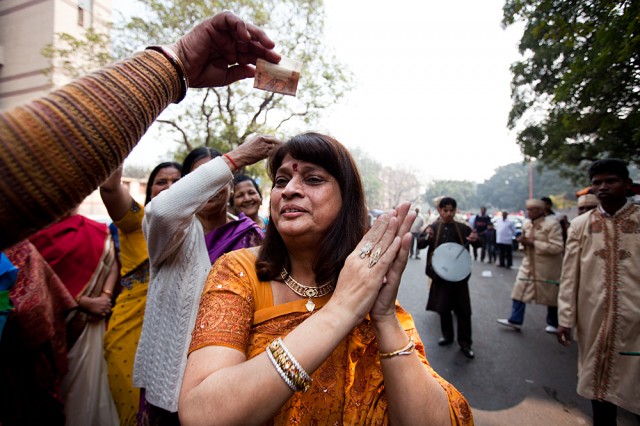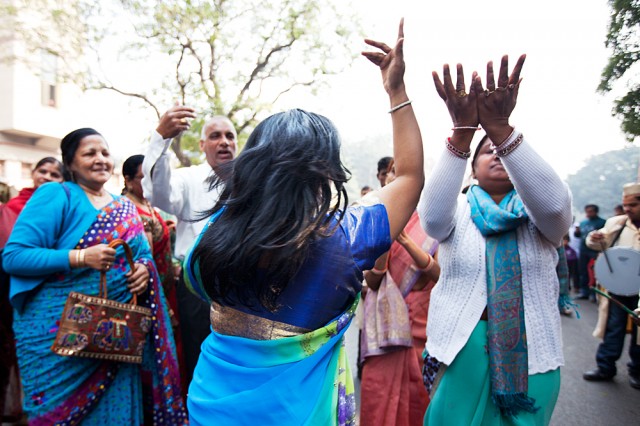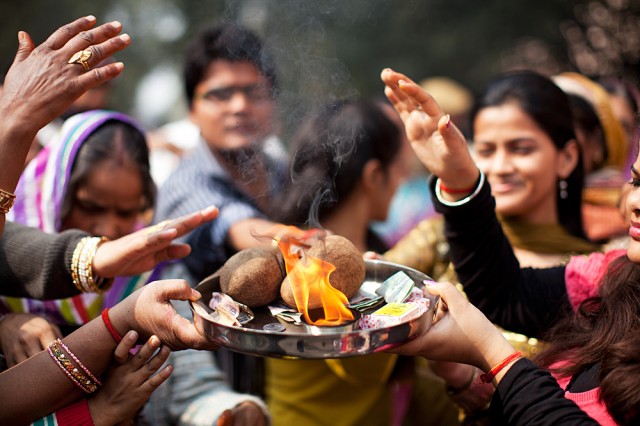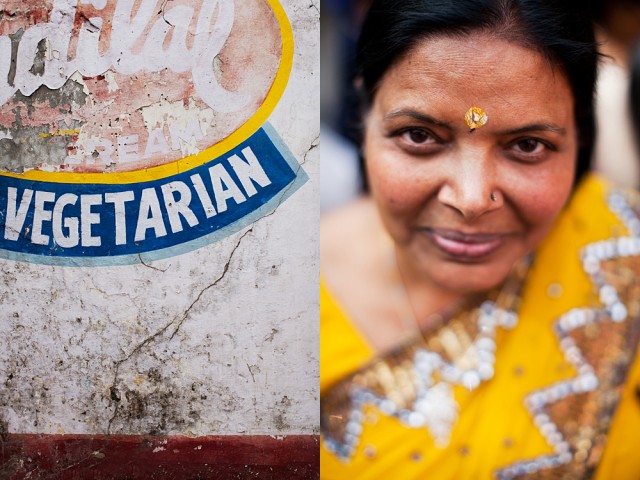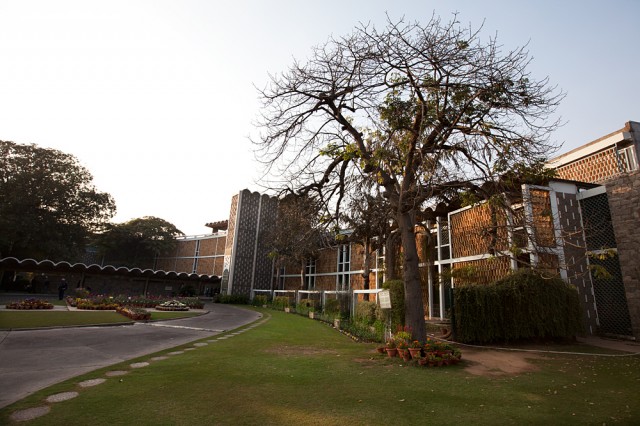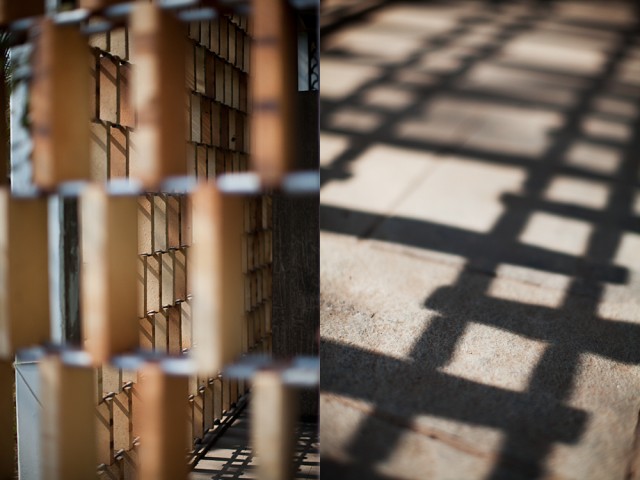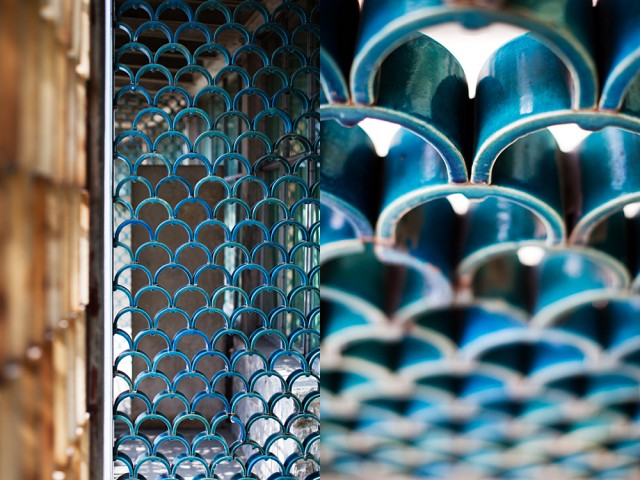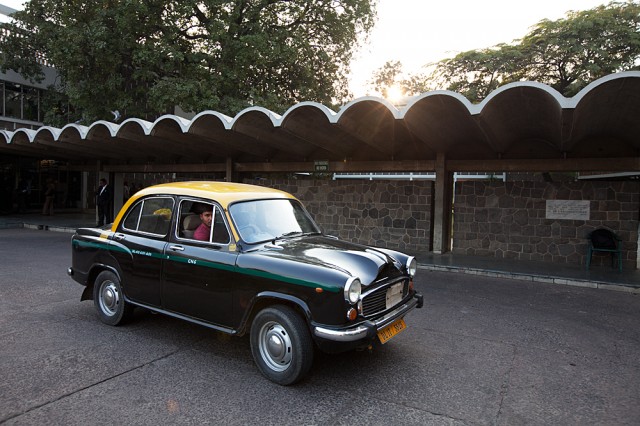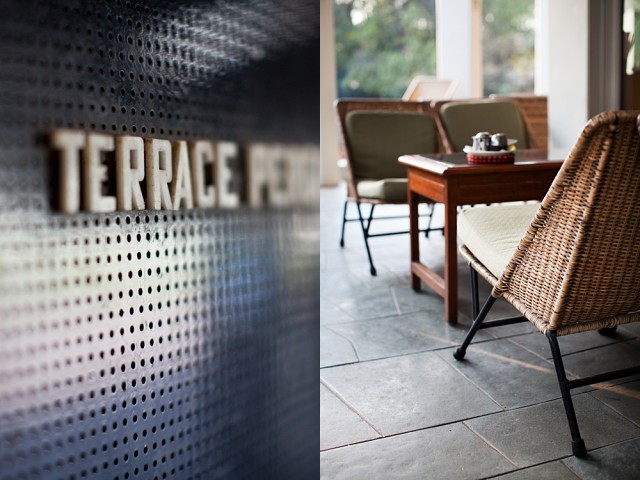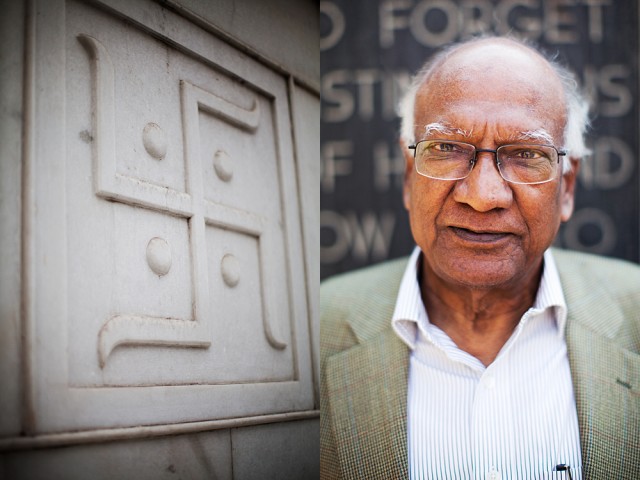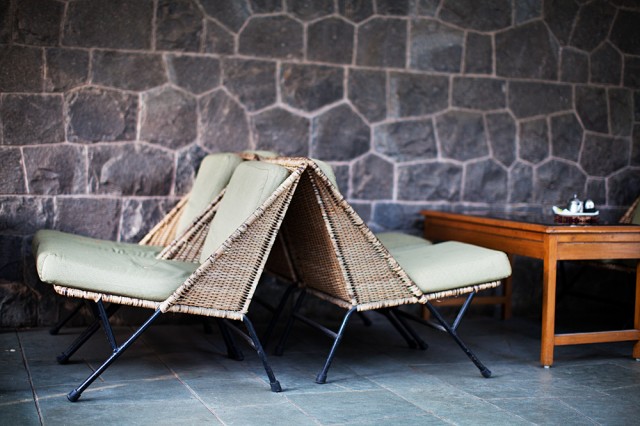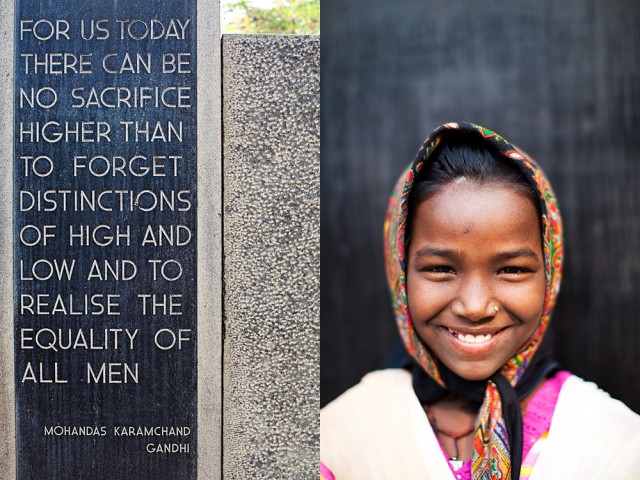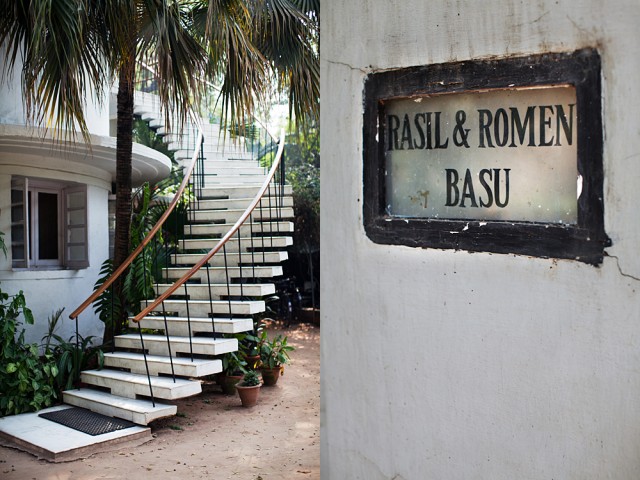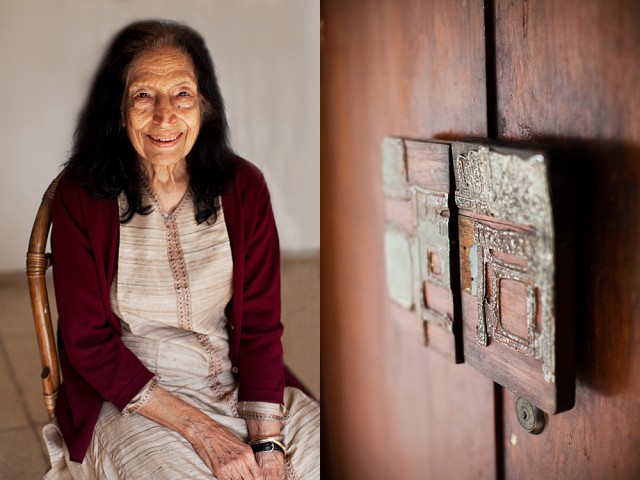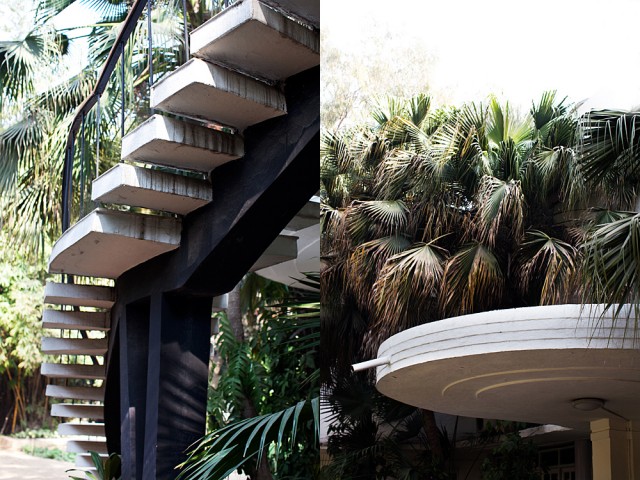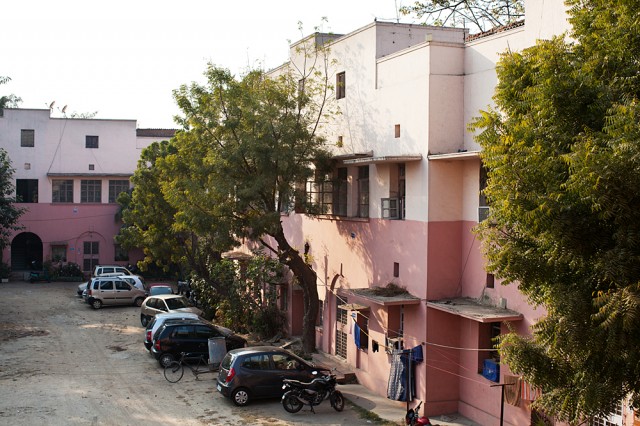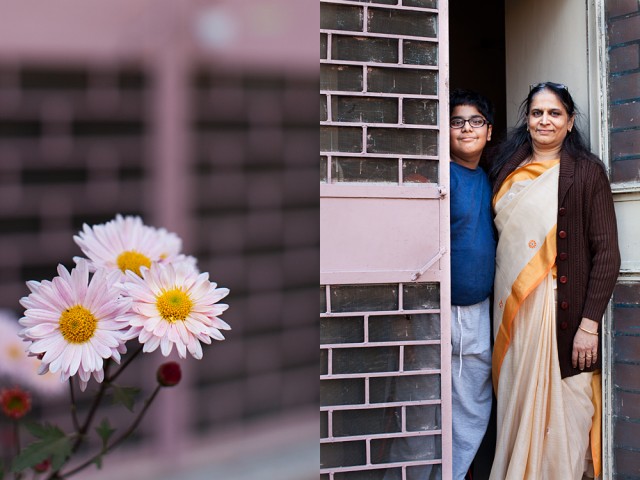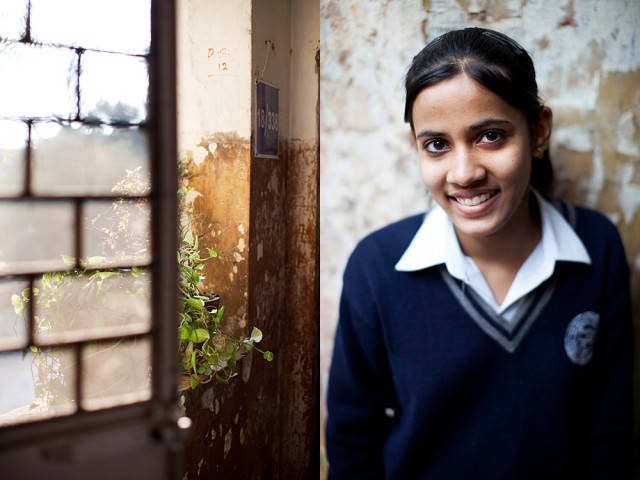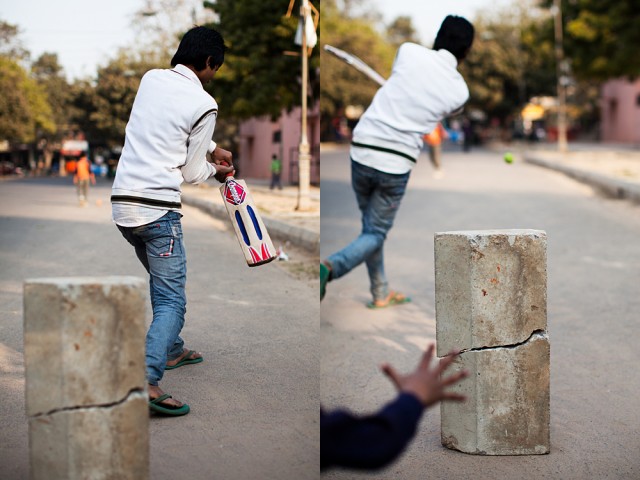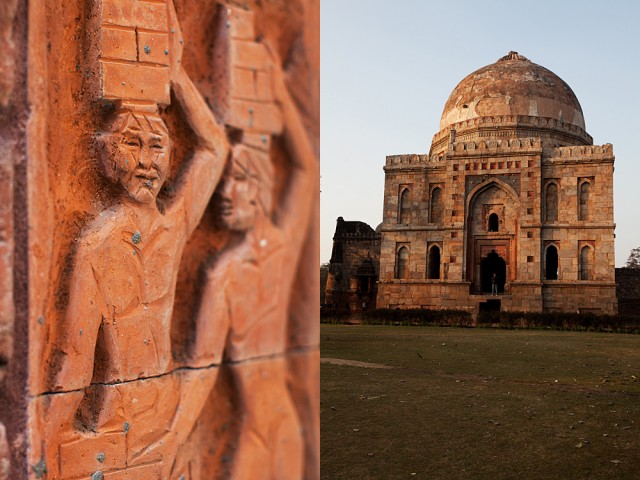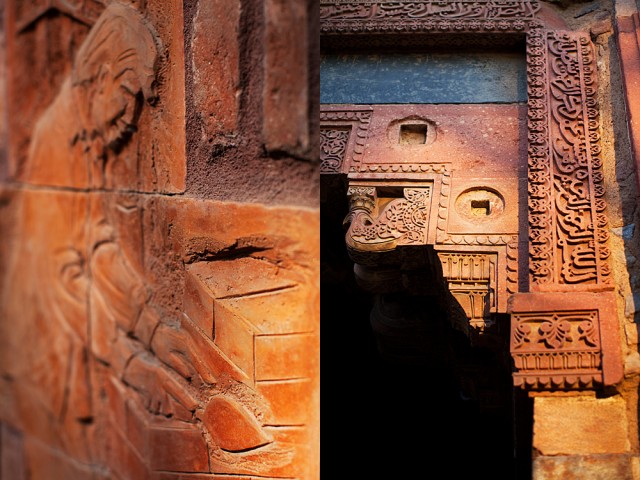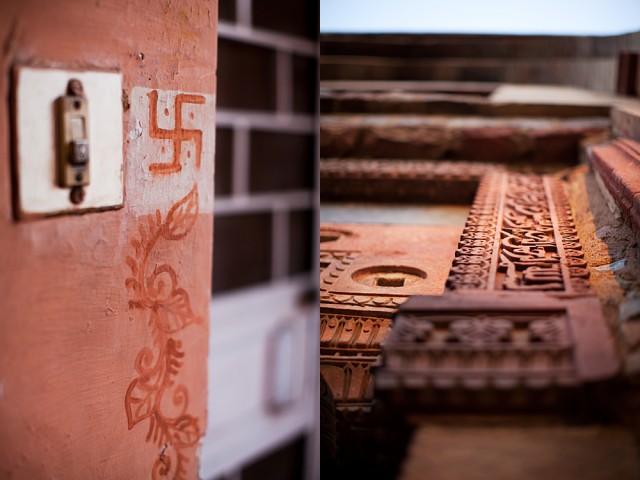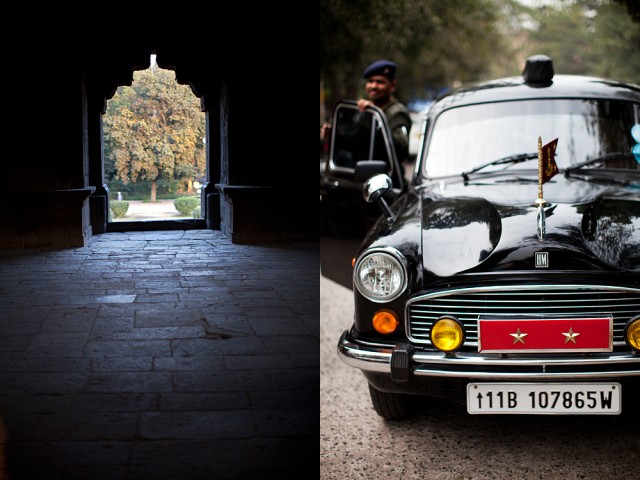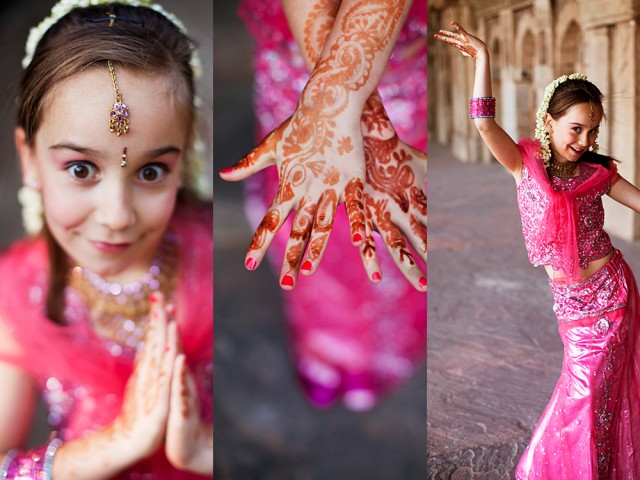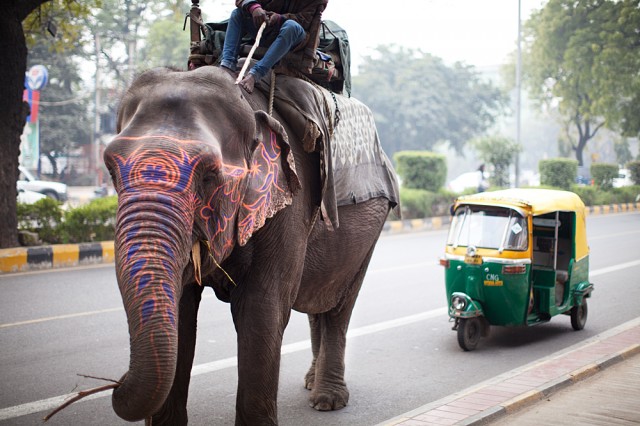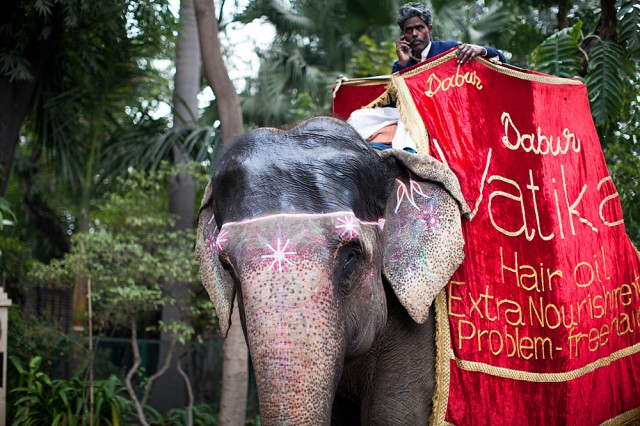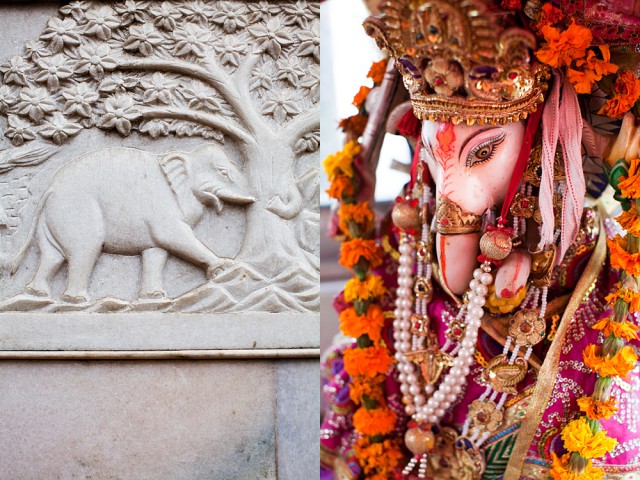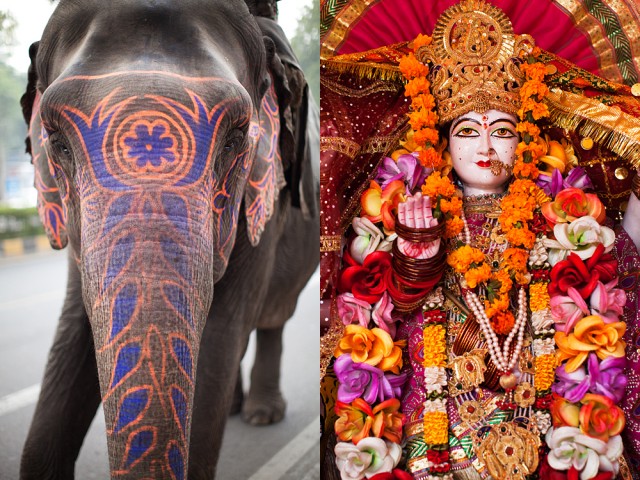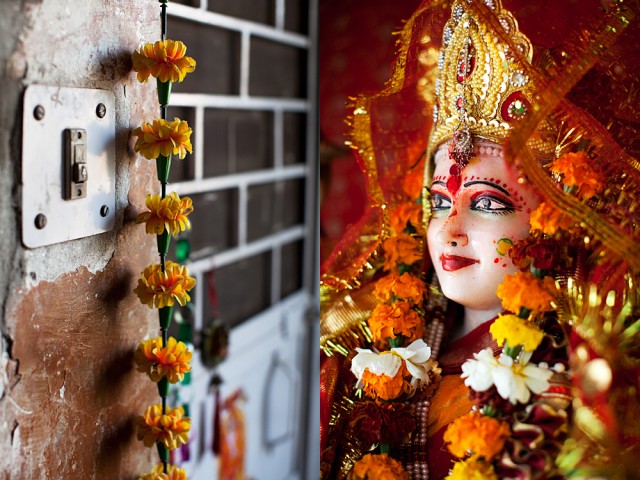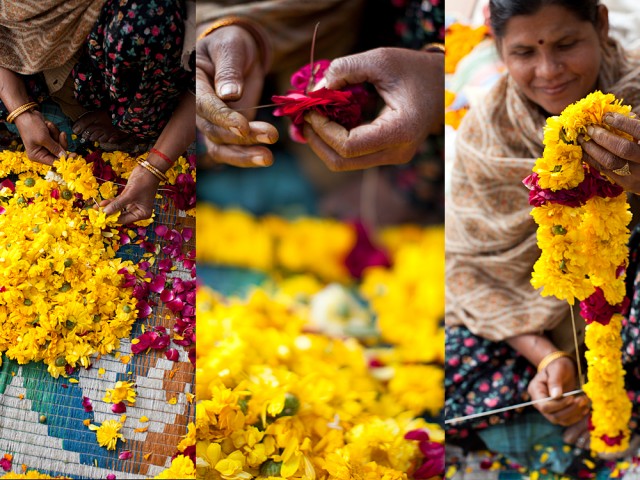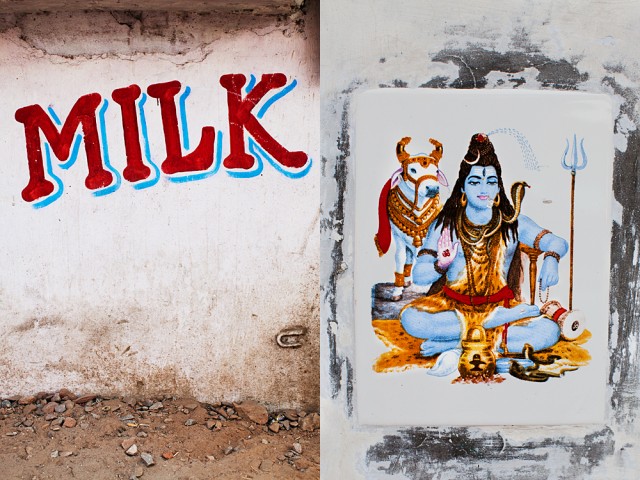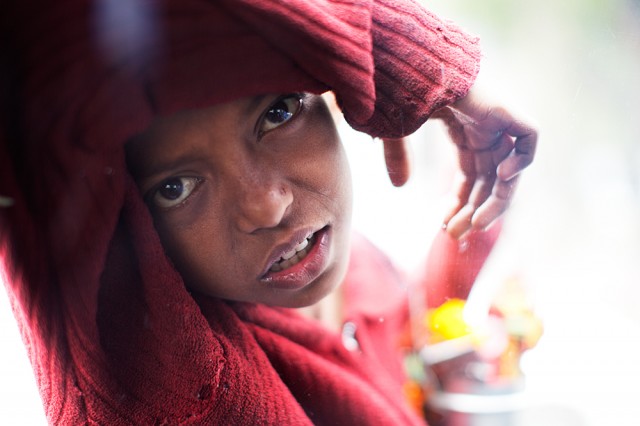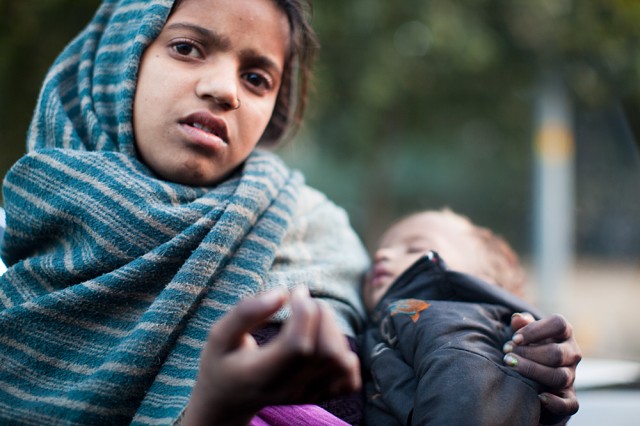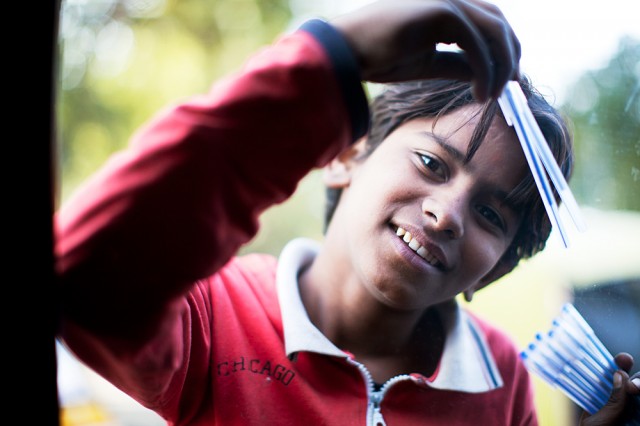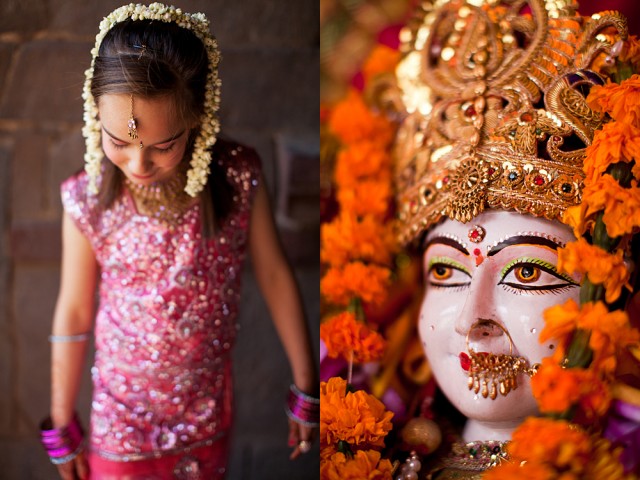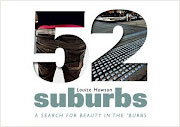I’m not going to mince words: this week’s neighbourhood is a dump. A dirty, dusty, ugly, maddeningly congested dump. I know this project is all about seeking out beauty and interest where you least expect it but I’m not a miracle worker.
So why did I choose Lajpat Nagar as Suburb No 7? Because amongst the woefulness is what many locals consider to be the best market in Delhi and I was curious to see where Delhiites go to shop.
A few facts before we peruse. This South Delhi hood was developed in the 1950s and named after a famous Indian author, freedom fighter and politican, Lala Lajpat Rai. While the neighbourhood is actually quite enormous, divided up into four sections, I focused on Lajpat Nagar III and the Central Market area. Due to the fact it’s on a Metro line, Delhiites come from all over the city to take advantage of the market’s variety and bargains.
Part 1: Central Market
The main offerings at Central Market appear to be clothes, shoes, fabrics, jewellery and all manner of household items. And should all that retailing raise your appetite, a wide variety of street food, including the usual fare of chapatis and fried foods as well as doughy ‘momo’ dumplings, is available for a handful of loose change.
As I wandered and started taking shots of people, I became curious about the various markings many Hindus wear on their foreheads. As far as I can work out, they fall into three categories. Married women wear the red sindoor in or just below their hairline to denote their married status. Anyone can wear a bindi, which is for decoration only. And tilak marks are applied on both men and women for religious purposes. The most common tilak is the red dot, applied between the eyebrows; the tilak functions as a symbolic third eye for seeing spiritual reality.
It appears that Hindus can wear none of these markings, one or two, or a combination of all three.
Part 2: Another type of mark
Lajpat Nagar markets are also where you find excellent mehndi or henna work. For 200 rupees, roughly AUD$4, you can transform your hands and feet into works of art, albeit temporary ones. The mehndi artists sit lined up along the pavement, waiting for their next blank canvas to stop by. Once they start painting the incredibly intricate, elaborate designs, which can take up to two hours to finish, they become completely focused, lost in their miniature creations. I went back time and time again just to witness their art and finally to be drawn on myself.
After watching half a dozen hands being decorated, I wanted to know why Indian women do the mehndi. Rachel, the girl in the images below, told me that it was compulsory for brides to have it done whereas for the brides’ relatives it was optional but very common. She was attending her brother’s wedding the following day in faraway Rajasthan as were two other relatives and so they were all there being mehndi-ed.
On my third visit to the markets I uncovered my pale white feet and offered them up to be painted on.
Part 3: Temple
Before I arrived in Delhi I thought there would be a temple on every corner. Seemingly not. While there are quite a few of the small ones enclosed in glass around the place, the big, showy ones are a lot rarer.
Anyway, after some searching I did find a Hindu temple in Lajpat Nagar, called, I think, Shri Lakshmi Narain Mandir. This is where devotees go to perform pujas, which can mean anything from a simple prayer to one or all of the gods, or the full blown 16 step number.
It was hard to learn much there – language barrier the biggest obstacle – but my ‘research’ revealed that Hinduism has millions of gods but they’re all really the same, one god. And you pray to a certain one depending on your problem or desire.
Shiva is the main god here while the elephant god, Ganesha, as well as myriad lady gods, also make an appearance.
Apologies – more mehndi follows. As anyone who followed my first project, 52 Suburbs in Sydney, may remember, I’m more than a little obsessed with tattoos – and mehndi is really just a temporary tattoo.
Part 4: Looking for a wife or hubbie?
Perhaps the most interesting thing I discovered this week was the ‘Matrimonial Service’ that the temple in Lajpat Nagar provides. Those seeking a spouse fill out a form, stipulating their caste and whether there is “Any defect in any part of body” amongst other things, and they’re then placed in certain files: Professional Women, Business Boys and my favourite, ‘Homely Girls’. You come in, tell one of the social workers what you’re after and they’ll hand you a file with hundreds of potential matches.
I only stumbled across this when I was putting my shoes back on after visiting the temple. I glanced across at the girl sitting next to me who was scrutinising a form and making hurried notes. When I read Matrimonial Service at the top of the form, that was it. Curiosity piqued. Luckily for me Kirta, a 26 year old Brahmin, was very happy to answer my questions. Yes, this was a popular way to find a spouse. No, she wouldn’t marry out of caste. And the three things most important to her? Height, weight and salary.
I then met the chatty Naresh Kumar, a social worker who oils the machine of the Matrimonial Service, and his sweet colleague, whose name I couldn’t decipher. They explained that the service was on offer in many temples but this one was particularly popular, drawing the hopeful from all around. And that despite India’s tentative grasp on modernity, caste and astrology still played a critical role in finding a compatible spouse.
Later that day I met one of Delhi’s many ‘lady builders’. I couldn’t know for sure but I doubt she ever had a chance at hitching up with a Business Boy.
Anyway, she was already married and, despite her status in society, would have enjoyed a relatively fancy wedding.
Well, maybe not everyone…
The Wrap
I continue to be horrified by the level of filth and congestion outside of Lutyen’s New Delhi, the bit built by the British with manicured gardens and well swept streets. And as someone who gets off on the architecture of a place, Delhi is just so bereft – again, aside from the British Raj monuments and the many ancient tombs, the general look of housing and retail areas is just so unappealing. Not charming old nor shiny new, just badly built and hodgepodge. With a population of 13+ million, Delhi has too many people and not enough resources to improve things. And of course when you see the poorest of the poor just trying to survive, you feel ashamed to complain about anything at all.
But, what I also keep being surprised by is that as abysmal as the built and natural environments can be, there is so much beauty in the people, the saris, the temples and the street food. And in the case of Lajpat Nagar, the art that may fade quickly but will leave an indelible mark on me forevermore.
On the ‘home front’
Coco and I have finally succumbed to Delhi’s putrid air and have both been sick the last few days. I lay in bed last night, shivering with flu-like chills and a racking cough, unable to sleep. And all I could think was, get me off the island, or subcontinent in this case. Just days ago though I was contemplating extending our stay (we’re due to leave in a week) and me hiving off to Kolkata for another fortnight. Now I don’t know if I want to put my lungs through another big, dirty albeit interesting Indian city. A first world problem in a third world country if ever there was one.
—
This suburb was brought to you by Jo and Jeremy
—
See you next week.
